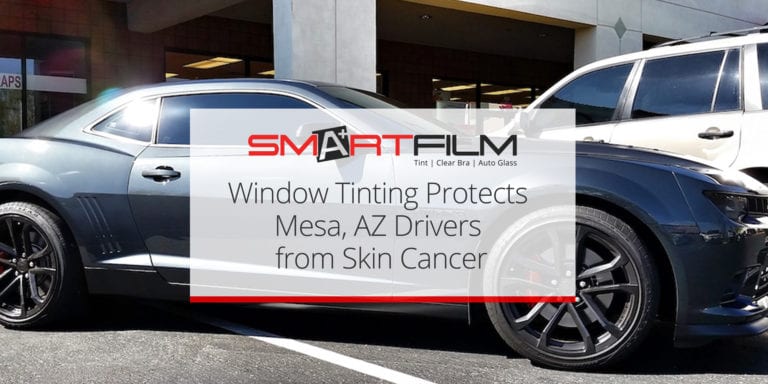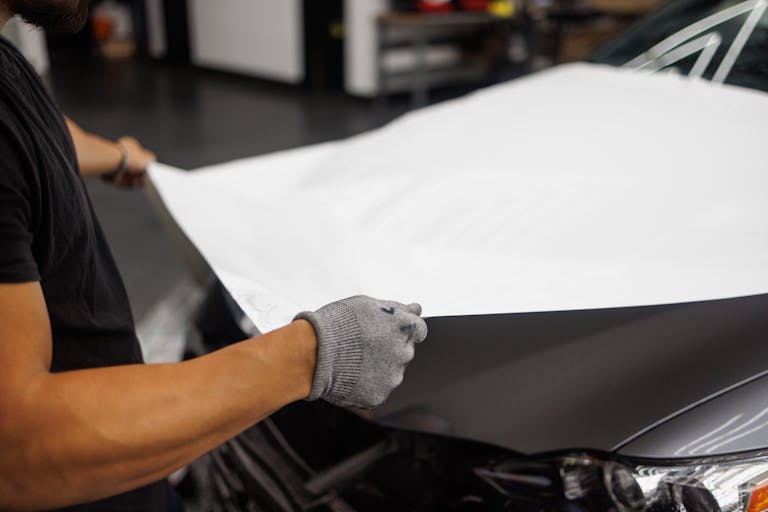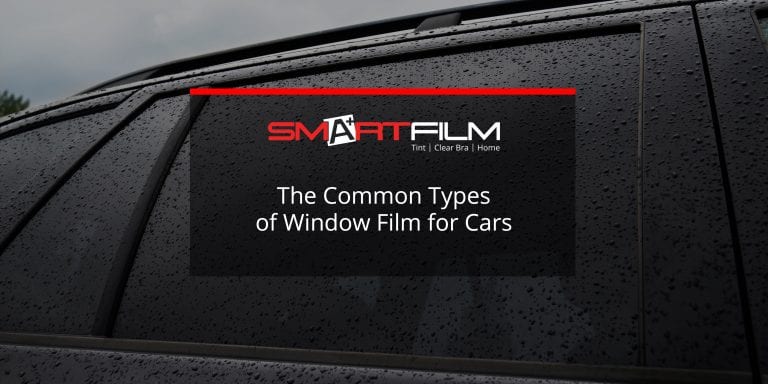Can You Tint Your Windshield? A Guide to Finding AS-1 Line On Windshield
When it comes to your windshield, you want more than just a good look; you want real protection and peace of mind every mile you drive. If you’re asking, “Can I tint my windshield?“ you’re not alone.
Arizona drivers, especially those with Teslas, BMWs, or lifted trucks, know the sun here doesn’t play nice. It’s brutal on your skin, your interior, and your windshield itself. But here’s the thing: doing it wrong can be a safety hazard, cost you a cracked windshield repair, or result in a ticket.
This guide explains how to locate the elusive AS-1 line on your windshield, which is your key to blocking harsh UV rays legally while maintaining your vehicle’s structural integrity and ensuring road safety.
At Smartfilm, we’re about high-end heat rejection, skin protection, and keeping your dash from looking like old glass in a junkyard.
Our expert installation, premium films, and nationwide warranty mean your ride stays sleek, safe, and stress-free, all while protecting your investment for years to come.
Curious how to do tinting the right way? Read more; your windshield will thank you later.
Understanding AS‑1 Line
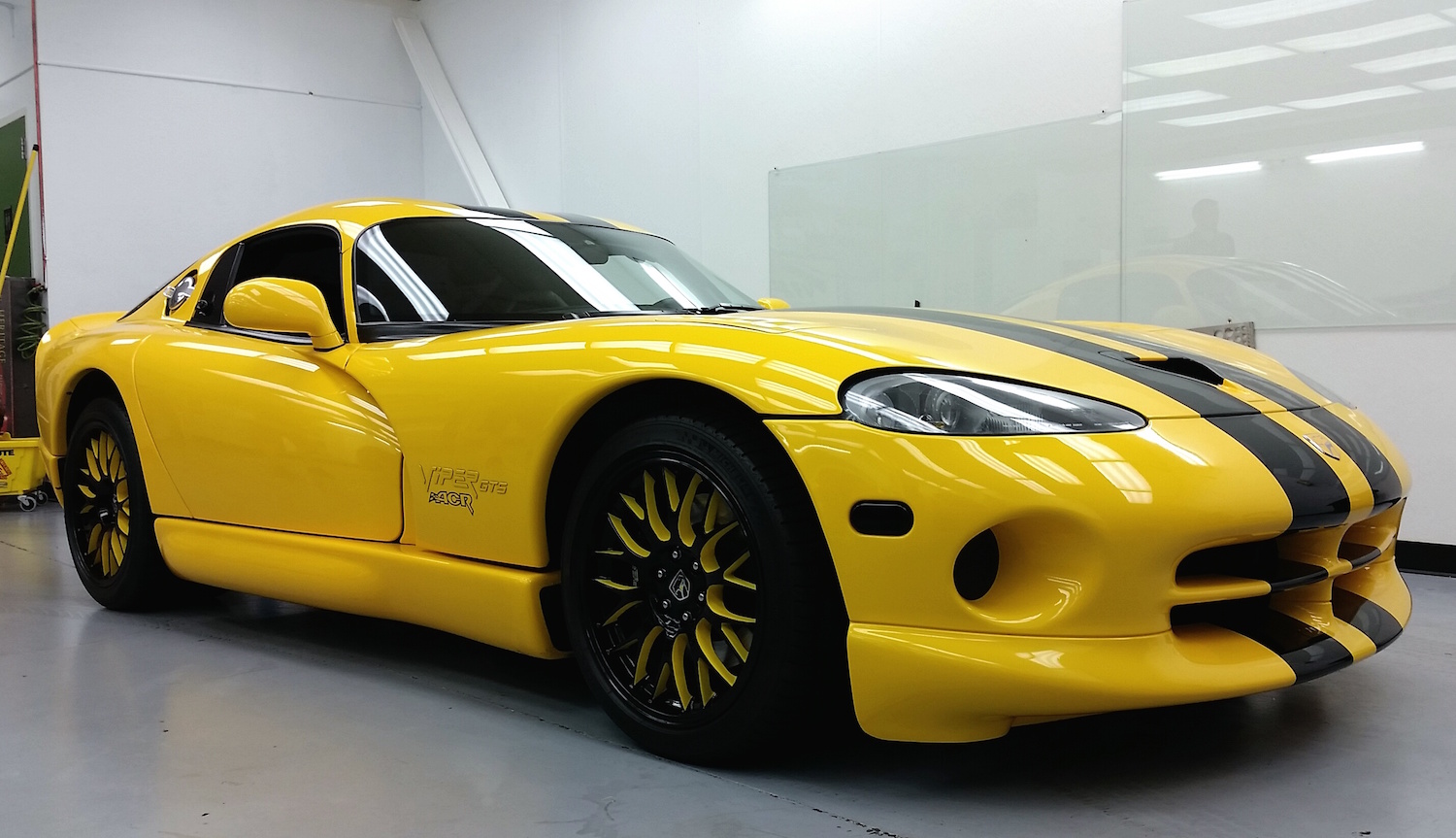
Now that you know your windshield is more than just a pane of glass — it’s your shield from Arizona’s relentless sun, harsh road debris, and UV rays that crack your dash, let’s break this down even further.
Finding your AS-1 line is key to staying legal while giving your premium ride the UV-blocking, heat-busting edge it deserves. So, where is this elusive line?
Most vehicles have the AS-1 line etched into the top corners of the windshield, a tiny marking, often a hash or dot pattern, that runs parallel about five inches down from the top edge. If you don’t see it, check your owner’s manual or contact your manufacturer to confirm.
And here’s a pro tip: if your windshield is older or you’ve had a glass replacement, that marking might have worn away, but that doesn’t mean you can guess. An incorrectly tinted windshield can pose a safety hazard, compromise structural integrity, and even result in fines or a costly windshield replacement.
How Far Can You Go?
Once you find that AS-1 line, think of it as your limit. Arizona law is clear: any windshield tint must be non-reflective and can only be installed above the AS-1 line. That’s why visor strips, the tinted band near your rear-view mirror, exist. Done right, they block glare and UV rays without crossing the line, literally.
Are you tempted to go darker or lower? Don’t do it. A visor strip that dips below your AS-1 line can obstruct your view, lead to tickets, and put you at risk for cracked windshield repair. Additionally, if you ever need a windshield repair or a new windshield installed, your installer may refuse service if your tint is illegal.
At SmartFilm, we want your process to be smooth and stress-free, that means doing it right the first time.
Rear Window Tinting
Let’s shift gears. Many Arizona drivers ask, “Can I tint my back windshield?” Good news: yes! Your rear window (or back windshield) can be tinted much darker than the front, but there are still rules.
You can use a reflective film up to 35% VLT (Visible Light Transmission). Want that sleek, almost limo-dark look? It’s possible — but you’ll need dual side mirrors if your rear window tint is darker than the factory default to keep you driving safely.
Keep in mind that the quality of the film matters. Cheap films can bubble, peel, and crack — turning your gorgeous tint job into an eyesore. Worse, poor installation can compromise your vehicle’s structural integrity, especially if you ever need a glass replacement down the road.
That’s why SmartFilm’s team uses high-end ceramic or carbon films that block heat, protect against harmful UV rays, and come with a nationwide warranty for total peace of mind.
Why Cracked Windshields Repair?
Are you considering tinting a chipped or cracked windshield? Stop right there. A cracked windshield is more than just a nuisance; it’s a real safety hazard. A small chip can expand with Arizona’s extreme temperatures, rain, or a gust of wind. The last thing you need is for that crack to grow bigger, forcing an emergency car windshield replacement when you least expect it.
If you spot a crack, get it repaired first, ideally by professionals who inspect your windshield, use top-tier resin, and ensure the glass is functioning correctly before any tint installation.
Remember, your windshield is a crucial component of your car’s safety systems, protecting you and your passengers in the event of a crash. Never compromise on that.
Premium Matters
When you choose SmartFilm, you’re not paying for cheap tint and a “good enough” job. You’re investing in high-quality film that won’t fade, bubble, or warp, protecting your interior from sun damage and your skin from harmful UV rays.
You’re getting an expert team that’ll inspect every edge of your windshield and side windows, ensuring your tint stays within legal limits while looking sharp for years.
Plus, you’ll never have to worry about an unexpected cracked windshield repair or windshield replacement because a corner was cut. SmartFilm backs every job and our promise to make the entire process smooth and done right.
States Allow Windshield Tint
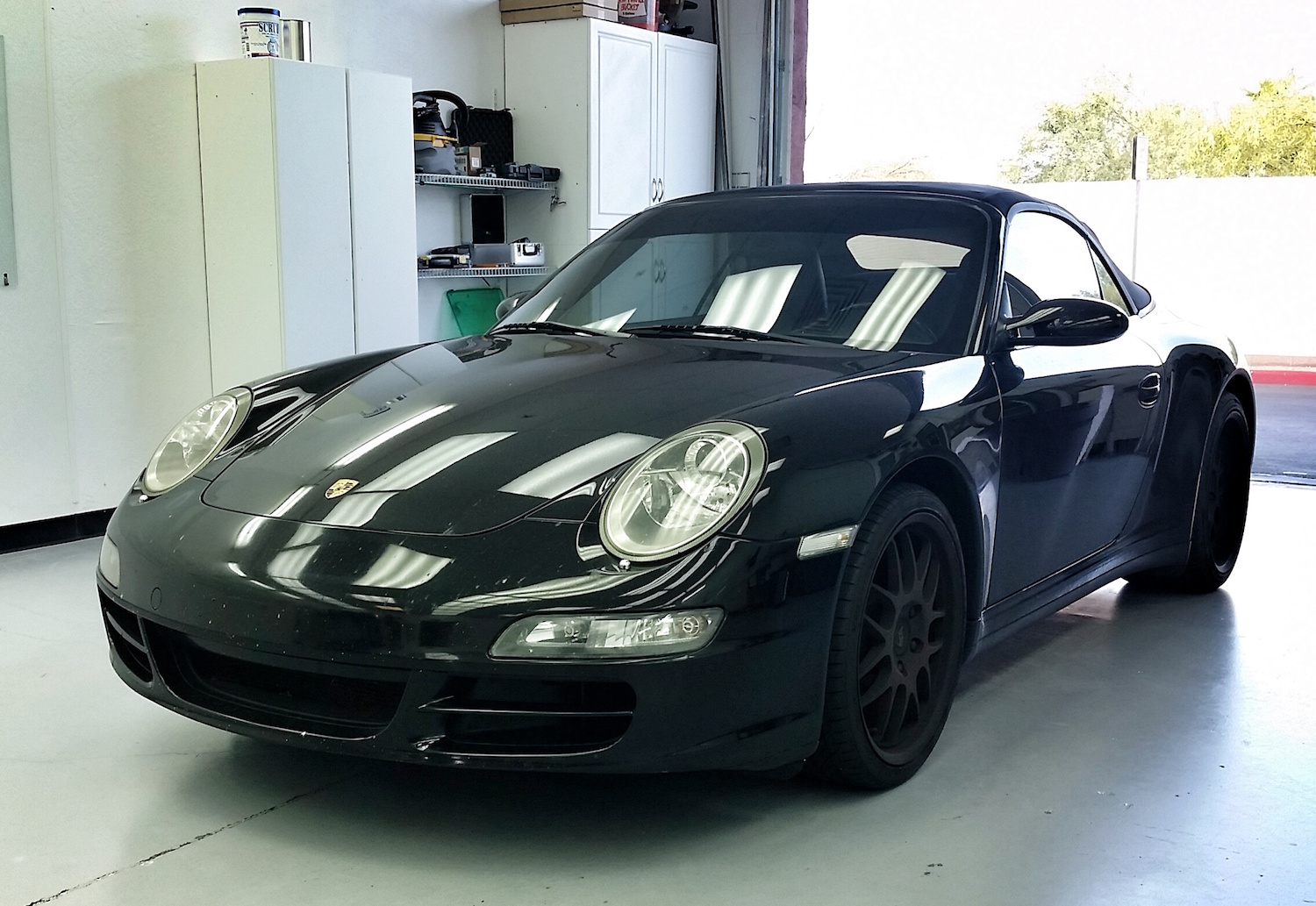
So you’re ready to protect your ride’s windshield, keep your skin safe, and your interior looking new, but you don’t want a ticket ruining your day.
Here’s what you need to know about where windshield tint is allowed and how much you can legally cover.
Quick breakdown:
- Alabama, Georgia, Massachusetts, New Hampshire, New York, Oregon, and Washington: You’re good to tint the top six inches of your windshield as long as you follow each state’s VLT (Visible Light Transmission) and reflectivity rules.
- Arizona (plus Idaho, Iowa, Kansas, and others): Stick to the AS-1 line — that’s your go-to mark for legal tinting.
- Minnesota and Pennsylvania? Sorry; no windshield tint allowed.
- In other states, such as New Mexico, Texas, and Oklahoma, allow up to 5 inches or the AS-1 line, whichever comes first.
Think of your windshield as the first line of defense for your safety and structural integrity; the wrong tint can block your view and become a serious safety hazard. A small mistake can cost you a cracked windshield repair or even a full windshield replacement if it compromises your glass.
Pro tip: Always check the edge of your windshield for the AS-1 mark, located approximately 5–6 inches down. That’s your safe limit.
A quick reminder:
- Side windows? Usually fair game — but stick to your state’s legal VLT.
- Super dark tint? That “limo look” might sound sleek, but it can compromise your visibility and lead to trouble with law enforcement.
Save yourself the hassle; let SmartFilm’s professional team handle your tinting job right. Ready to ride in style and safety? Contact us today and keep your windshield (and your wallet) protected for years to come.
Will You Get Pulled Over for Illegal Tinting?
Nobody wants that sinking feeling of seeing flashing lights behind you — especially over something avoidable like illegal window tinting.
Law enforcement can easily measure your windows’ Visible Light Transmission (VLT) to check if you’re within legal limits. While windshield tinting is widely accepted in many states, exceeding the allowed darkness can quickly lead to a fine or, worse, a required windshield replacement if you’re forced to remove the non-compliant film.
Keeping your tint legal also protects your windshield repair investment. Why risk damaging your glass during removal? The same goes for a cracked windshield repair — always fix cracks before adding tint so you don’t compromise your structural integrity.
The smart move? Know your local VLT rules for each window and keep your car windshield replacement stress-free. When in doubt, consult the experts. They’ll keep you riding legally, safely, and ticket-free!
Windshield Repair and Tint Percentage Checks
Got tint on your windows, but not sure if it’s legal? Don’t risk a ticket or costly windshield repair down the line. The best way to know your window tint percentage is to have it checked at a trusted tint shop.
Professional installers can often tell your tint’s VLT (Visible Light Transmission) just by looking — and if not, they’ll use the same laser device law enforcement does. This tool measures exactly how much light passes through your tint, ensuring your windshield and side windows stay within legal limits.
If your tint is darker than your state allows, don’t wait for a fine or a forced removal that could damage your glass. Have the illegal film removed and replaced with a compliant option.
Windshield Replacement and Tint Warranties
Does your window tint come with a warranty? It often does, but it depends on where you get it. Many pre-cut DIY tint kits you find online don’t include any warranty. So if they bubble, peel, or fade, you might end up needing a windshield replacement if cheap film damages your glass.
Go with a trusted professional shop like SmartFilm, and you’ll get an installation guarantee that protects your tint job for the long haul. High-quality films are designed to be scratch-resistant and durable, but daily life still happens — pets, kids, or objects can leave marks if you’re not careful.
Contact Us!
Our expert window tinting and paint protection film services in Mesa, Tempe, Gilbert, and the surrounding Arizona metro area will keep your car cooler, protect your loved ones from UV rays, and maintain its pristine condition. Visit our website or shop to explore the perfect tint for your vehicle!


